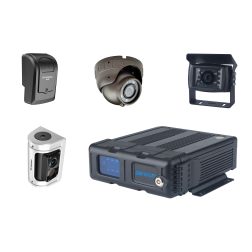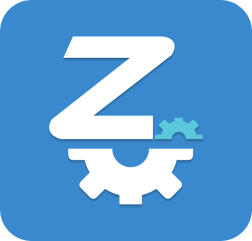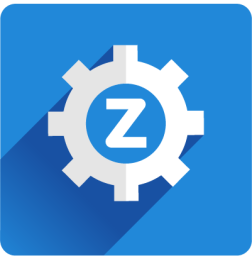Asset trackers give companies valuable insight into the availability, location and usage of corporate assets. You may already have a passing familiarity with asset trackers; perhaps you’ve discussed the technology with colleagues, or have sought out vendors to gauge their offerings.
But what exactly is asset tracking? What are the core features that make asset trackers effective? We’ll explore those questions and more in this post.
What Is Asset Tracking?
Asset tracking is the process of monitoring and keeping track of physical assets throughout their entire lifecycle, from acquisition to disposal. This is done through the use of asset trackers, which can be either physical trackers, a software-based system, or a combination of the two.
Why Use Asset Trackers?
While different companies have different business goals, there are a few commonalities among businesses that track their assets. Here’s a quick breakdown of the most common reasons:
Track their location: This is especially important for companies with a number of assets spread out over a large area, such as a construction company with multiple job sites.
Monitor asset utilization: This is important for companies who want to make sure that their assets are being used efficiently, by authorized employees, and not sitting idle for long periods of time.
Improve maintenance and prevent downtime: By tracking asset utilization, companies can identify when an asset is due for maintenance, preventing breakdowns and downtime.
Reduce costs: When a company knows where their assets are and how they’re being used, resources are optimized and overall costs can be reduced.
Collect records: The right solution can help companies keep track of their assets for accounting and insurance purposes.
How Do Asset Trackers Work?
These systems track the movement of assets through the use of various technologies, such as GPS, RFIDs, barcodes or sensors. These trackers are integrated into the asset itself, making it possible to track its location and status in real-time. Administrators can access this data using a web-based interface or mobile app.
Three Core Features of Asset Trackers
There are a number of solutions on the market today, but they all share the same core functionalities. Below, we’ve listed the top three functionalities of any good asset tracking system.
Core Functionality #1: Asset Tracking
The most basic and essential function of any asset tracking solution is, of course, asset tracking. This involves monitoring and tracking the location of assets in real-time.
This is usually achieved through GPS tracking devices, which are attached to the asset and communicate its location to the software. The software then uses this information to generate reports and visualizations that allow users to see where their assets are at any given time.
Asset tracking can be used for a variety of purposes, such as monitoring the location of company vehicles or keeping track of high-value equipment. It’s a critical function for any asset tracking solution.
Core Functionality #2: Asset History
In addition to tracking the current location of assets, it’s also important to be able to see where they’ve been. This is what’s known as asset history, and it’s another core feature of any innovative asset tracking solution.
Asset history allows users to see the complete lifecycle of an asset, from the time it was acquired to present day. This includes data on its location, usage and any maintenance or repair history.
This data can help companies keep track of their assets and ensure that they are being used properly. It can also be used to troubleshoot problems, creative preventative maintenance schedules, or investigate potential incidents.
Core Functionality #3: Alerts and Notifications
This refers to the ability of asset tracking software to send its users alerts when certain events occur.
For example, a user might want to be alerted when an asset leaves a certain geographic area or when it hasn’t been used for a certain period of time. Alerts and notifications can be a valuable way to keep track of assets and ensure that they are being used properly.
Investing in asset tracking is a cost-effective way to increase efficiency, reduce costs and improve security. As more companies become increasingly comfortable with these solutions, they’ll find that the potential benefits are truly limitless.








